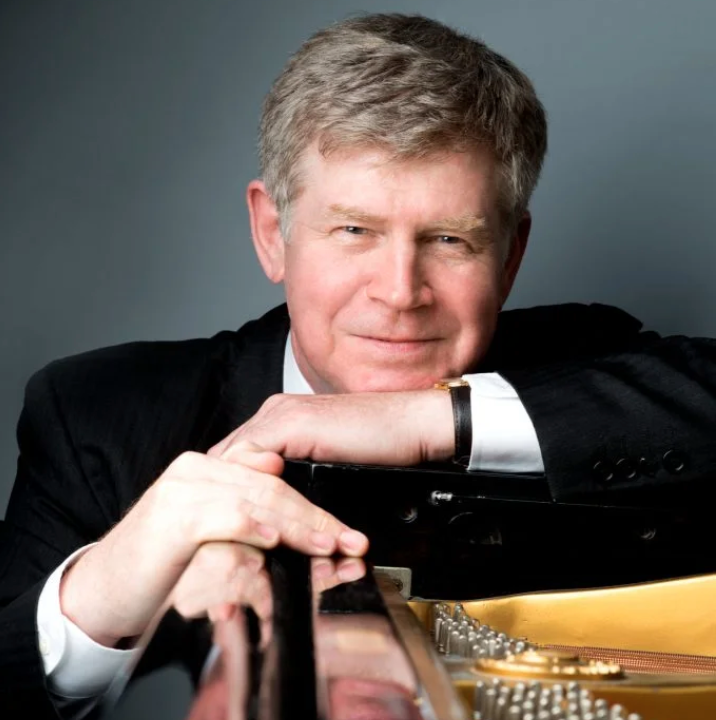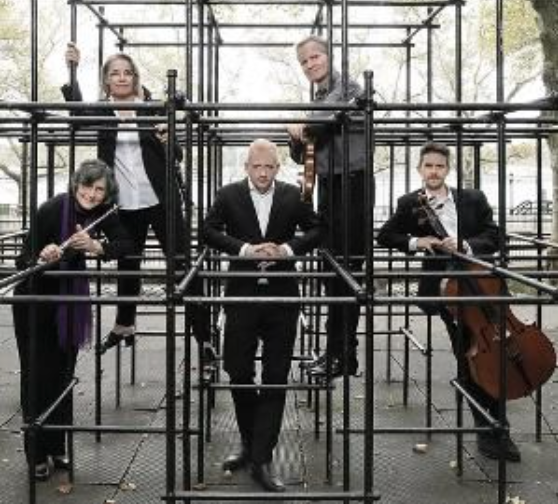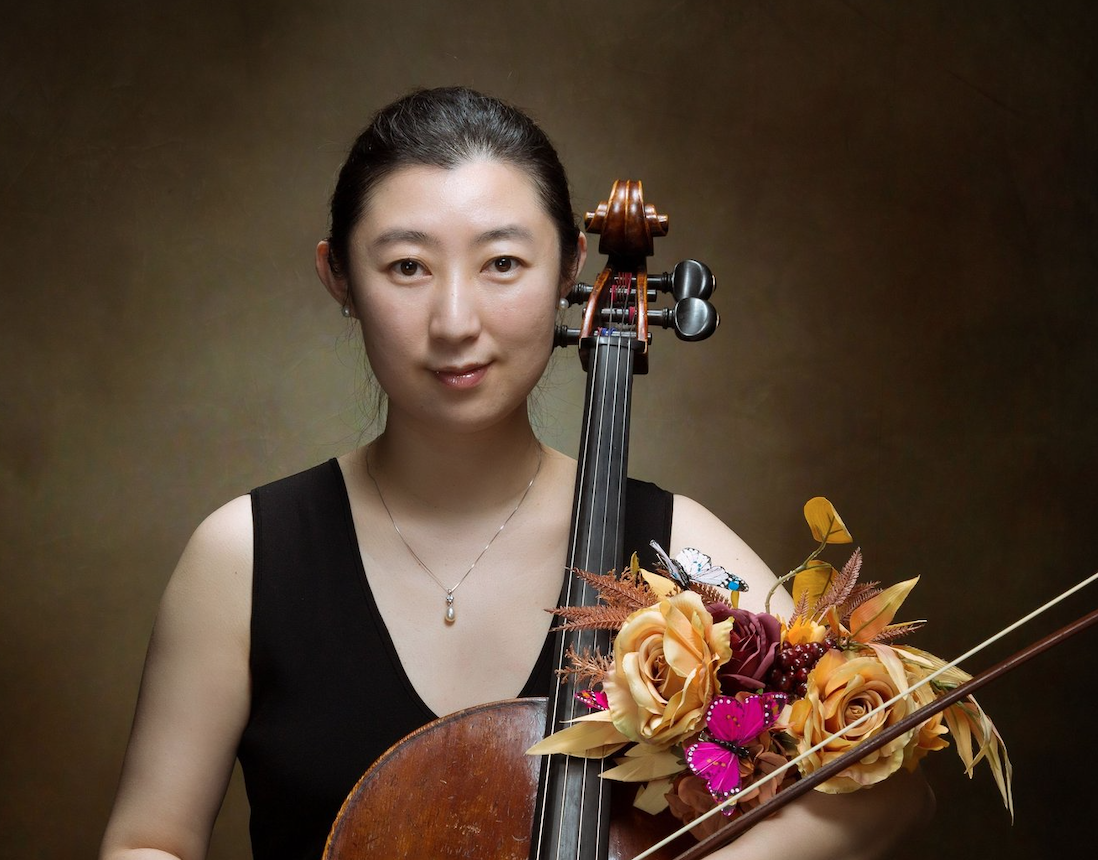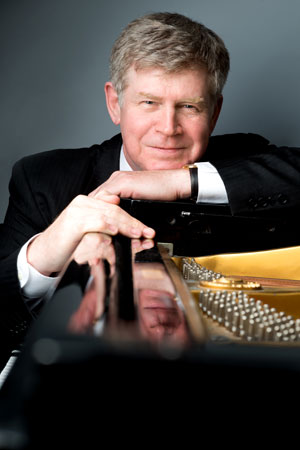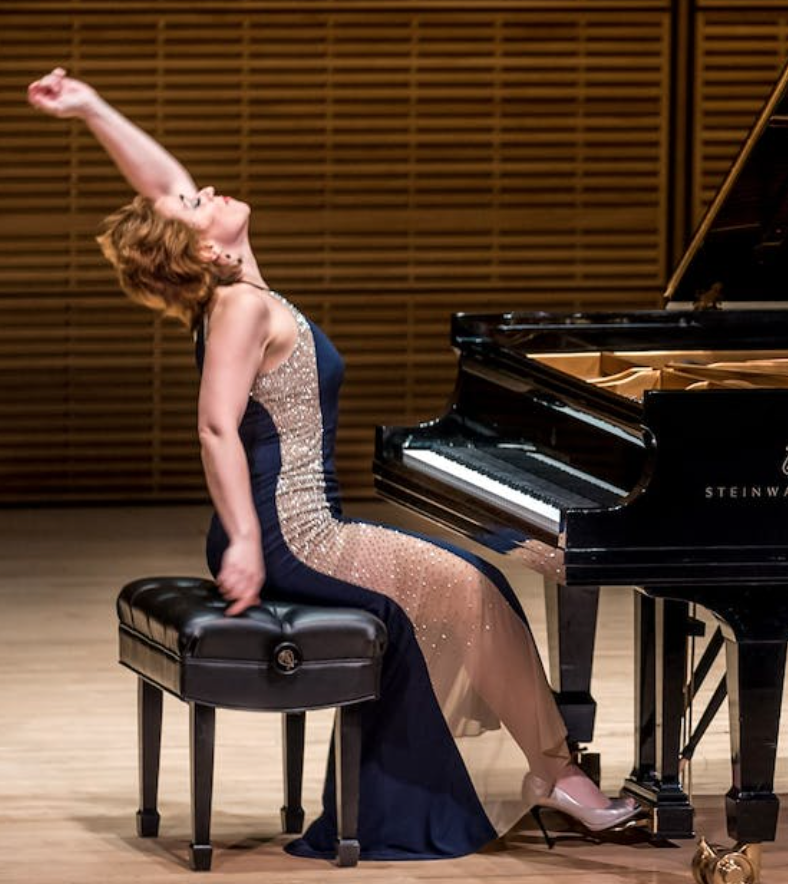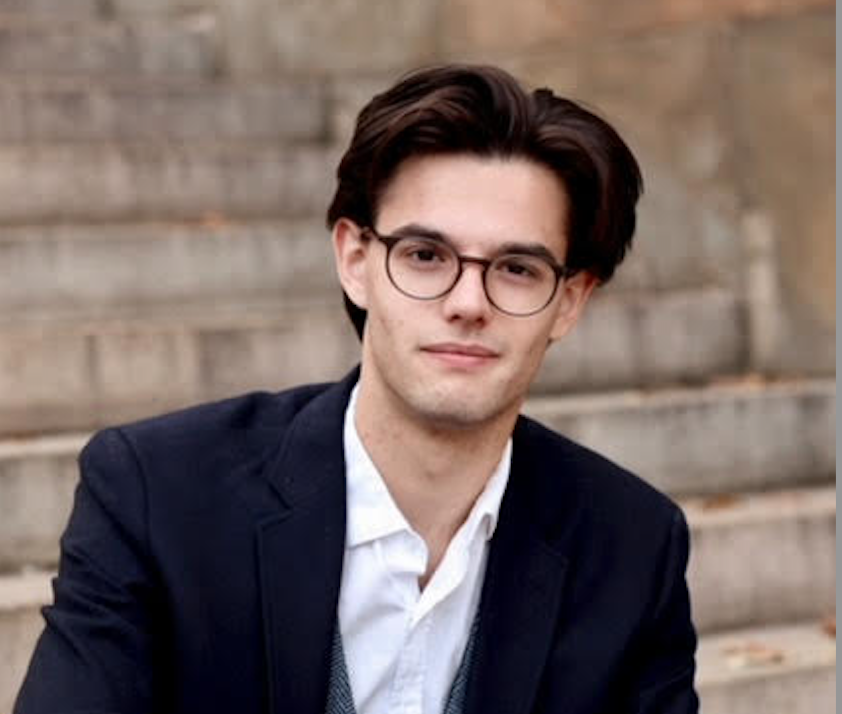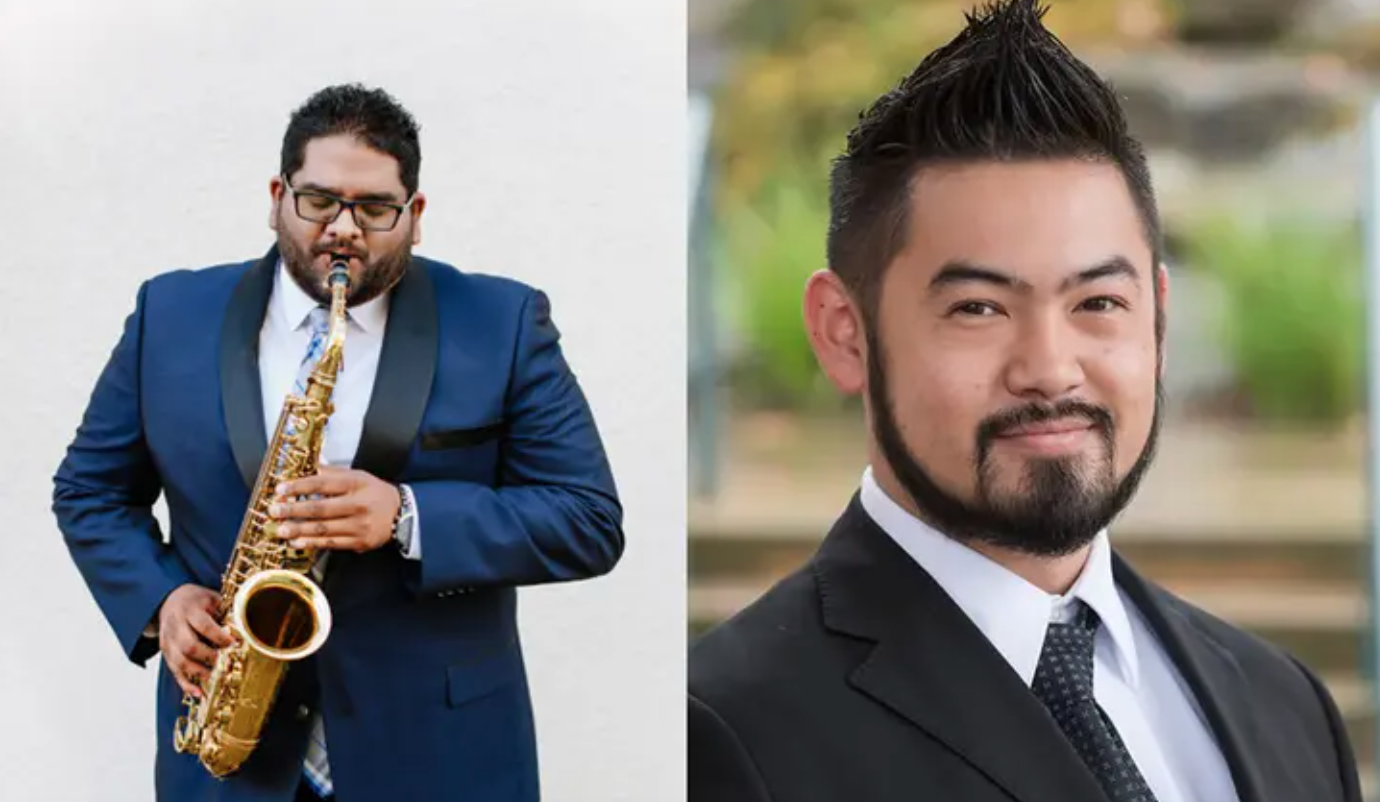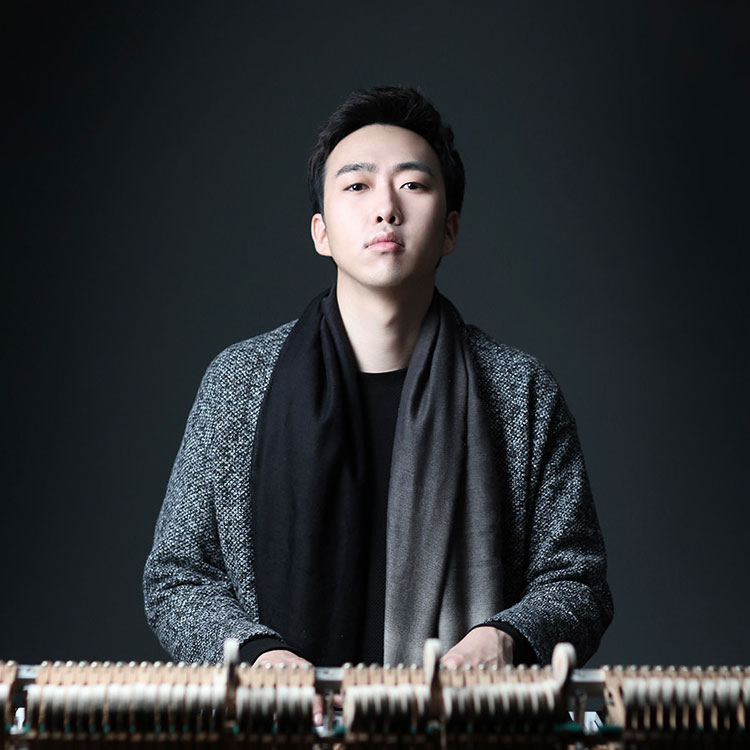Junwen Liang, piano
Saint Thomas Church, New York, NY
October 22, 2023
This Sunday afternoon at Saint Thomas Church, this reviewer had the pleasure to hear, as part of their Sunday Recital Series, young pianist Junwen Liang. It was a brief recital, around forty-five minutes, but it communicated a lot in a very short time and had enough substance and variety – technically, emotionally, and stylistically – to confirm that this is an extremely gifted and promising young artist.
Mr. Liang opened with Mozart’s Sonata in C Major, K. 330, one of this reviewer’s favorites. It is not always easy to start with Mozart, especially in a highly reverberant church, so when one opens by playing Mozart as beautifully as what we heard, it speaks volumes. Mr. Liang’s playing had clarity, technical polish, and thoughtful attention to phrasing and articulation. It is easy to rush in one’s opening work but Mr. Liang’s approach was refreshingly calm and unhurried. There was one point in the last movement where there may have been a bit too much of a dramatic pause (before the return of the main theme), but all in all, with so much rushing in performances today such savoring is welcome.
This reviewer’s belief, after decades of playing and hearing concerts, is that when the music truly comes first, nerves are much more easily mastered. Mr. Liang puts the music first. Part of how he plunged so immediately into the music and brought it to life so well seemed to be related to his grasp of the operatic elements that lay within it, and these lie within all of Mozart’s Sonatas, in this listener’s opinion. The drama must be so completely engrossing that there is no room to think of oneself or any other distraction. One could hear in Mr. Liang’s interpretation the questions, answers, dialogues, and characters of an opera, all fitting together with beautiful logic. Phrases were allowed to breathe where they needed to – another vocal element – and, as with speech and song, there was always shape and inflection. Critics occasionally will mistake such expressive playing for “Romanticizing” (and this reviewer’s own concerts have received that allegation), but there is really nothing specifically Romantic about shaping phrases and projecting drama, especially when it all adheres so faithfully to the beat, as it did here. It was over in a flash (to the point where there was some regret that not all repeats were taken).
It is tempting to put some of this Mozartean finesse at the doorstep of Mr. Liang’s current teacher, the masterful Richard Goode, the only teacher listed in his printed bio; seeing his slew of degrees, however, this reviewer was curious to learn more and discovered that Mr. Liang has had a wide array of teachers, including also the extraordinary Edward Auer who has been reviewed by New York Concert Review as well. Beyond this, Mr. Liang clearly has his own natural artistry.
It must have been some relief when after Mozart the program moved to Debussy’s Images, Book II. As beautiful as the Steinway is in this church, its big sound along with the reverberant acoustics must have required extreme effort to tame for the Mozart. The reverberation if anything seemed to enhance the musical textures of Debussy. Cloches à travers les feuilles was beautiful and full of shimmering colors. At one point, this listener thought it could have been even more magical, and that was where the piece seems to “open up” (where the meter and key change), and one becomes aware not so much of bells and leaves but of the human spirit’s reaction to them. One wants more reveling here. All in all, though, this was an admirable performance. Et la Lune descend sur le temple qui fut was similarly successful – evocative and ponderous. Occasionally it seemed there might have been still more patience in holding long notes fully, but that can relate to one’s pulse and conception. Poissons d’or was full of silky pianism and sparkle. This listener only wanted a bit more of a sense of play in some parts. Where marked capricieux et souple, for example, Debussy so incredibly evokes the swish and splash of a tail in the water – some goldfish have personality! Anyway, with time and repeat performances, this sense of play will probably increase – and such matters are quite personal.
The program hit its high point with Liszt’s Hungarian Rhapsody No. 12. Mr. Liang seems simply made for this work, and it could become a “signature” piece. He knew just where to get the right declamatory feeling at the opening and elsewhere, and he moved on to brilliant fingerwork with not so much as a smudge or flub anywhere. Where there are cimbalom effects, he achieved dazzling speed with perfect clarity, and where there are quasi campanelle effects he created sonic magic. What was striking too was that there was never the showboating one sometimes finds with this repertoire, but exclusive focus on the myriad sounds. Bravo! As a postscript, speaking of not showboating, there actually could have been a bit more time in the Adagio breather a few bars before the close – mere mortals take advantage of it as a respite after herculean effort, so it feels somehow raced if not a bit broadened. Wow, if these are the biggest criticisms one can produce, Mr. Liang is in good shape.
The last work on the program was a delightful jazzy discovery, the Rondo for Piano (2001) by Catherine Likhuta (b.1981), serving almost a built-in encore. Based on an ostinato vaguely reminiscent of the Vince Guaraldi “Peanuts” theme – though more brilliant – it was lots of fun.


